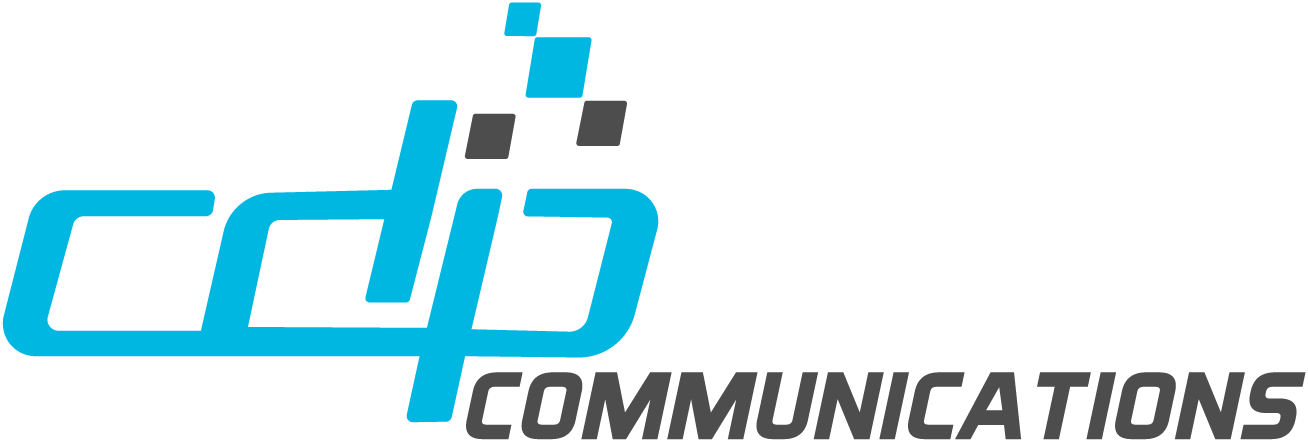When it comes to embarking on any important initiative, many organizations get stuck because they may not have the in-house expertise to move things forward, or they’ve concluded that their priority list needs re-shuffling, and some important initiatives get bumped from the top of the list to “somewhere down the road”. Sometimes it’s procrastination, or “analysis paralysis”. In my experience, doing nothing is more often the worst option. Getting onto the starting line and getting at least some progress is something I’ve found to be the best way forward when it comes to digital accessibility. Bite-sized pieces. Progress… not perfection.
It is a Process
And when it comes to digital accessibility, the adage “progress, not perfection” holds true. As technology evolves and user needs become increasingly diverse, businesses and developers must adapt. This is the only way to ensure that all individuals have equal access to digital content. This involves adhering to international, and regional accessibility laws and standards such as the Web Content Accessibility Guidelines (WCAG), the Americans with Disabilities Act (ADA), and the Accessibility for Ontarians with Disabilities Act (AODA). As importantly, this requires adopting an inclusive mindset that prioritizes continuous improvement.
The process itself prioritizes the designing and developing of digital content that is usable by people with varying abilities. To achieve this, developers can follow WCAG, a set of guidelines that outline best practices for creating accessible content. In brief, WCAG is organized into three levels of conformance. Starting with Level A being the most basic and Level AAA being the most comprehensive.
While striving for perfection in digital accessibility is admirable, it is important to acknowledge that it can be an ongoing, iterative process. Rather than becoming overwhelmed by trying to achieve full compliance immediately, it is crucial to instead take incremental steps toward greater accessibility. This can involve making small changes, such as optimizing alternative text for images, ensuring colour contrast meets minimum requirements, or providing keyboard accessibility.
Where to Focus First
By adopting an attitude of progress, not perfection, developers and businesses can more effectively prioritize accessibility initiatives. For instance, focusing on the most significant accessibility barriers and addressing those first can make a substantial difference in the user experience for individuals with disabilities. This approach not only benefits users, but also helps businesses and developers stay in compliance with the ADA, AODA, and other accessibility laws and guidelines. Choosing to address the barriers that create the most universal benefit can be a really good place to start.
Building a Culture
It is essential for businesses to foster a culture of continuous learning and improvement when it comes to accessibility. By regularly assessing and updating their digital content, they can ensure that they are meeting the needs of all users. This should always include being open to feedback from users with disabilities, as well as committing to working with accessibility experts to identify areas of improvement. And while this kind of culture and this kind of approach doesn’t generally happen overnight, when addressed in “bite-sized pieces”, and in a scalable fashion, success can be found in the pursuit of progress. While perfection is a noble pursuit, it is in fact progress that will get you there.
So while there have been claims out there in the market, there is no all-encompassing one-size-fits-all fix for achieving digital accessibility. There is no one line of code that will solve it all. No widget or overlay, no matter what you’ve heard. In fact, the journey to digital accessibility is an ongoing process that requires dedication, adaptability, and a focus on progress, rather than striving for immediate perfection. By embracing this mindset and adhering to the principles outlined in the WCAG, ADA, and AODA, businesses and developers can create a more inclusive digital landscape that benefits everyone.
Reach out to our team and start your journey toward accessibility and compliance. Secure your brand’s reputation as a caring and inclusive organization that meets the needs of all users. Let our trusted advisors guide you to a universally accessible online presence.
Contact us today, and a member of our team will be in touch shortly. It’s time to make the web accessible for everyone and mitigate the legal risks posed by non-compliance with the ADA, the AODA, and other accessibility laws in effect today.




